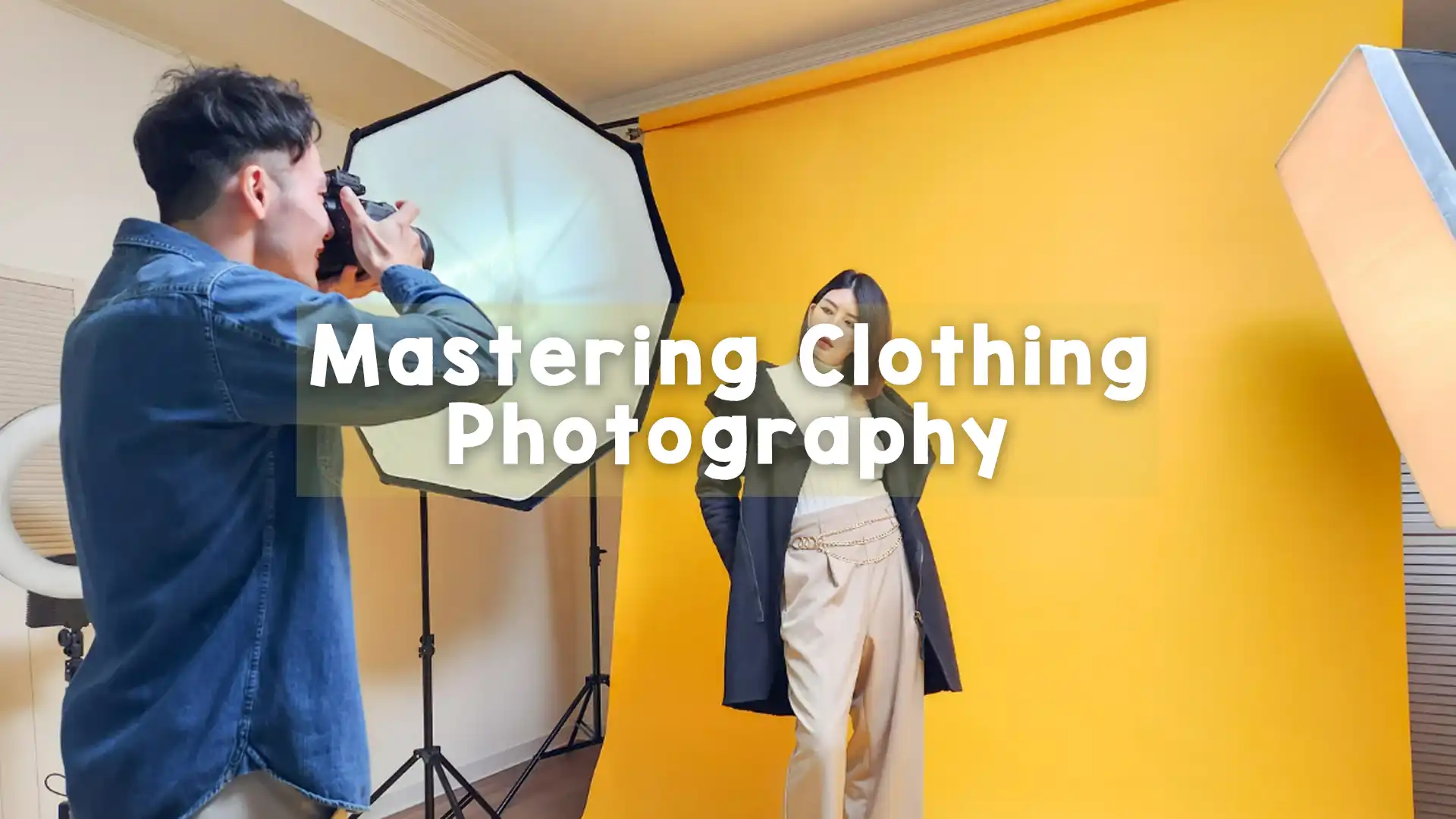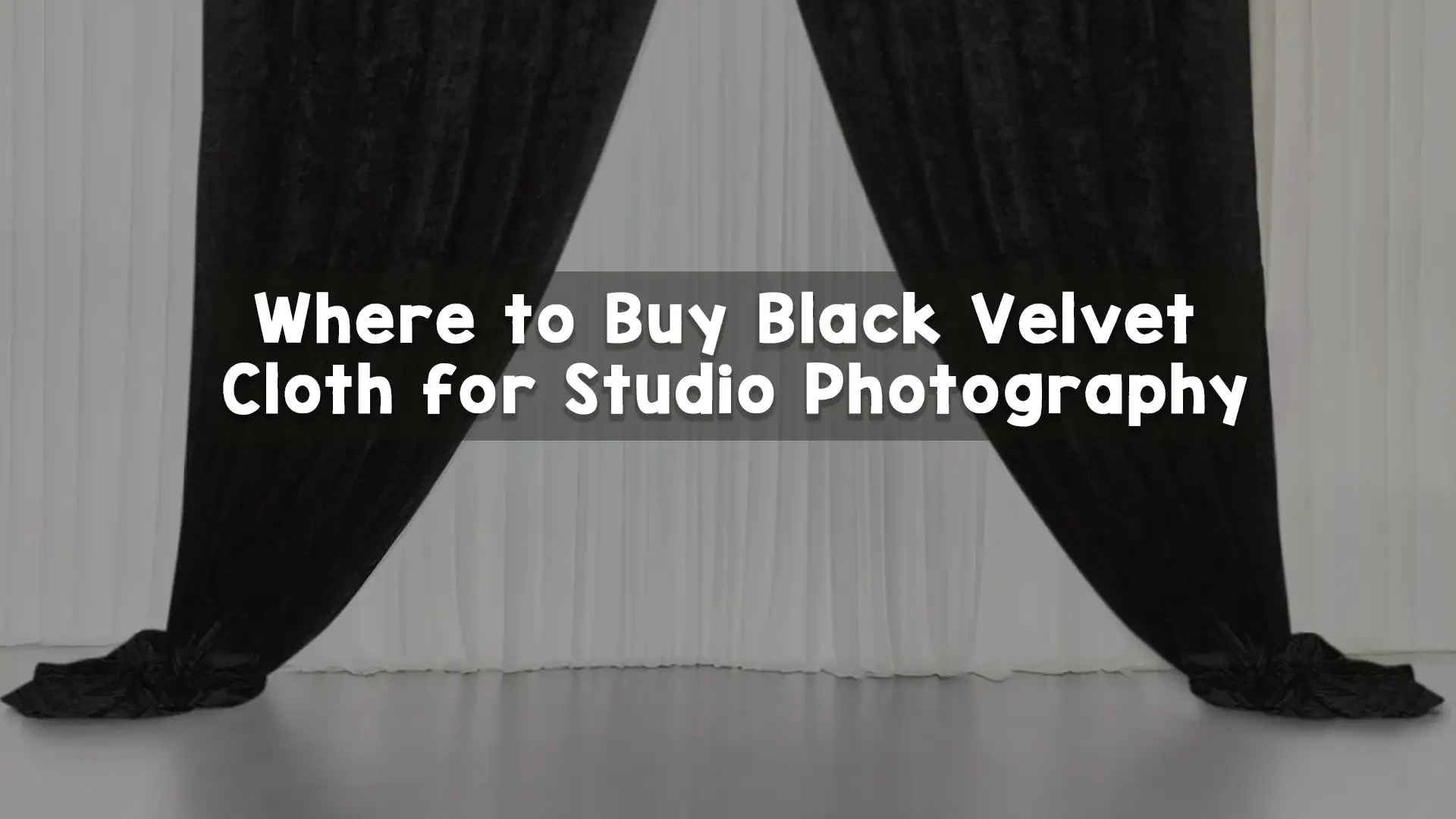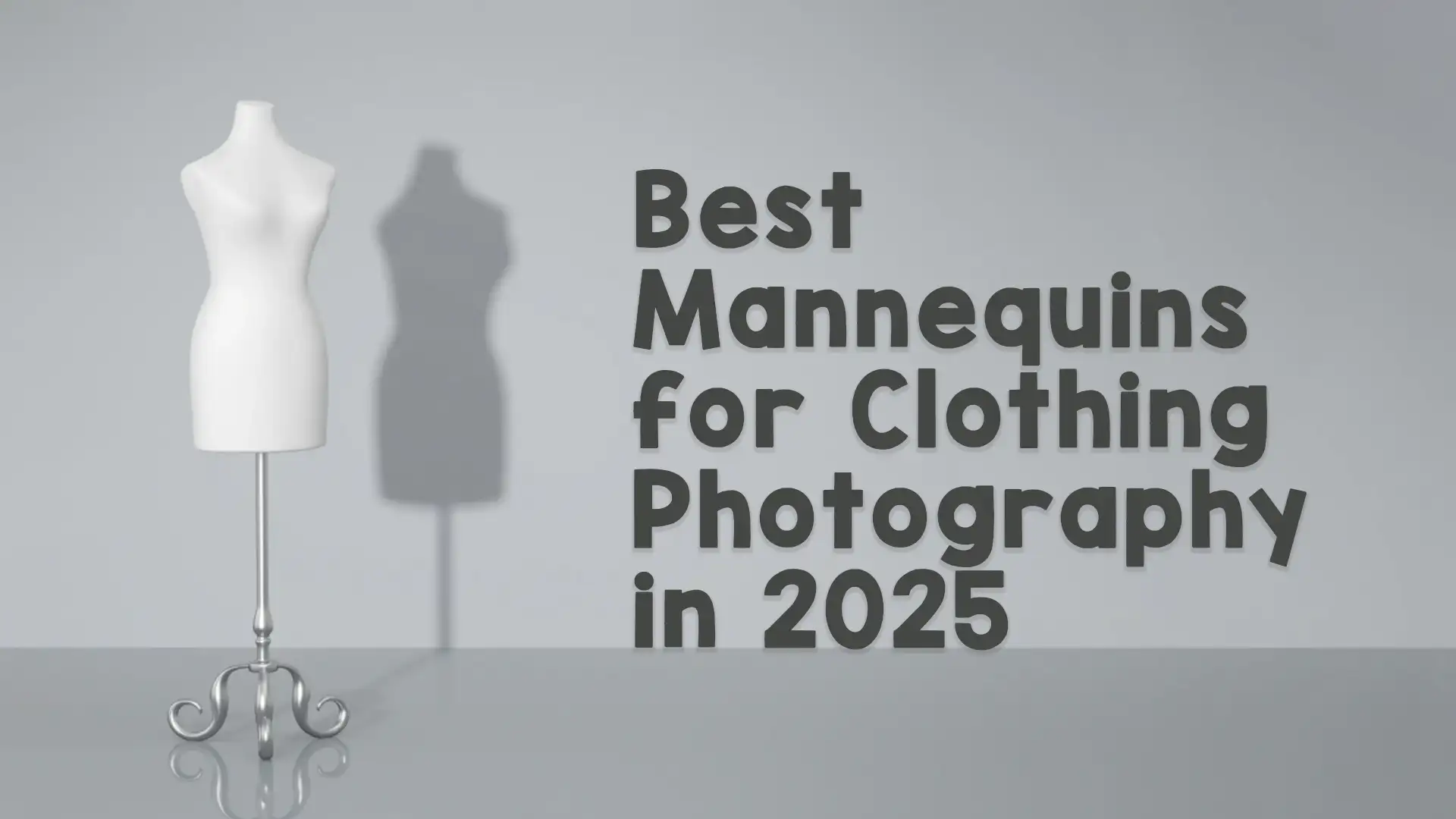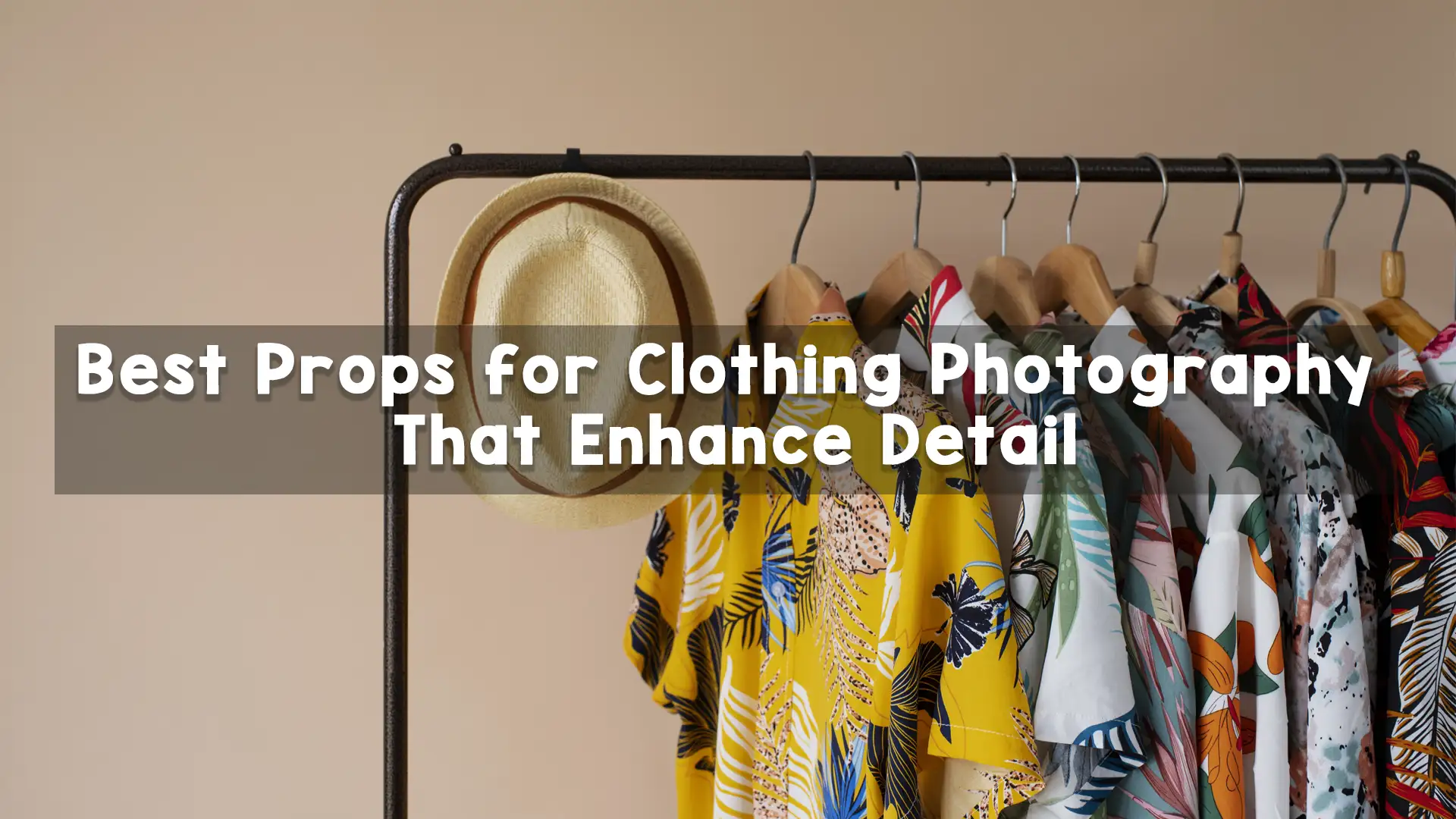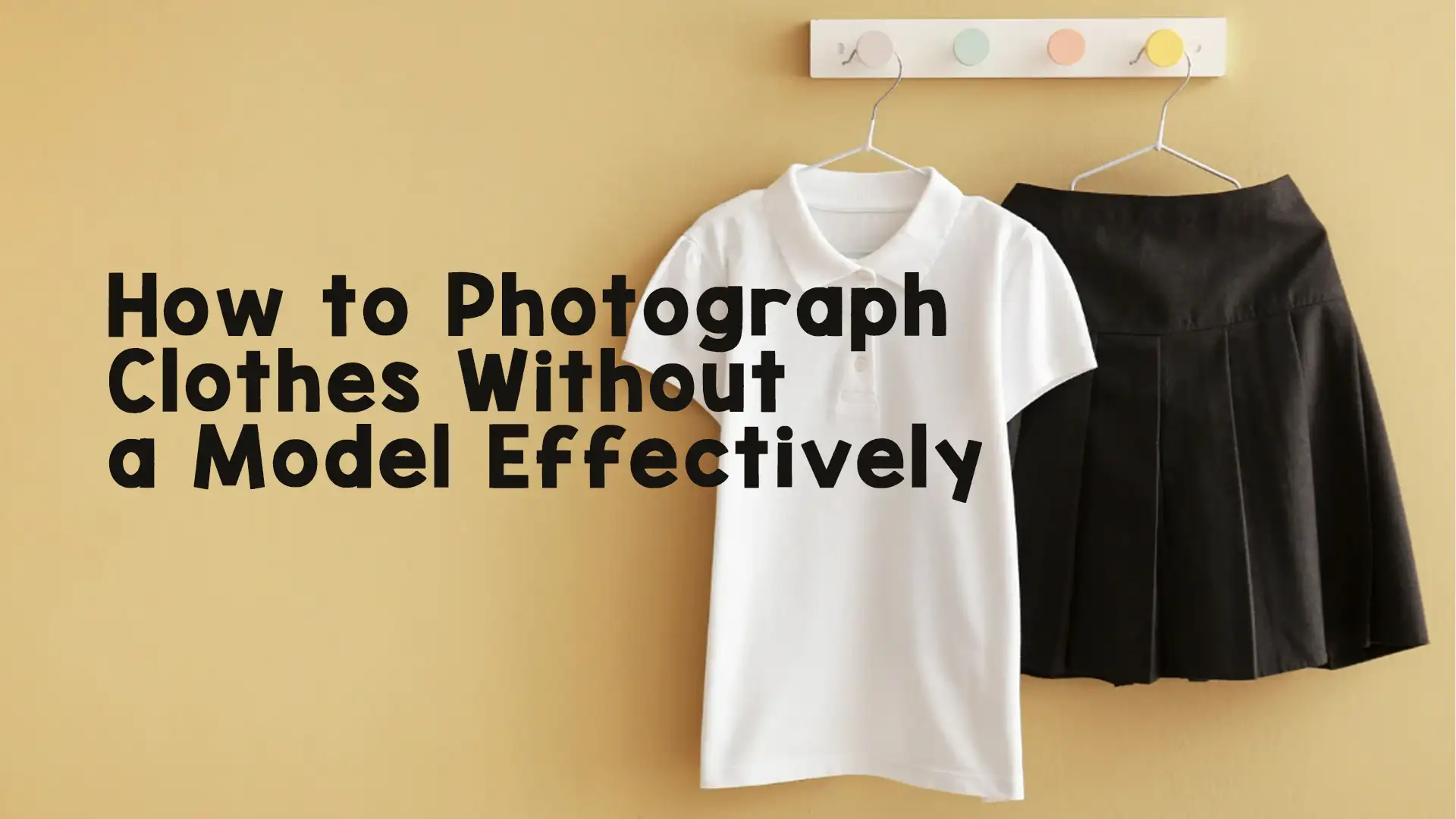Clothing photography plays a major role in the fashion industry, especially when it comes to online selling. Whether you’re a fashion brand, a boutique owner, or an independent seller, high-quality images are essential. When customers can’t touch or try on clothes, the visuals you provide become the only way to communicate value, texture, fit, and style. That’s why mastering clothing photography is crucial. In this article, you will learn everything you need to know about clothing photography, from essential techniques to the tools that can elevate your photos. This guide is easy to read and helpful for both beginners and professionals.
Why Clothing Photography Matters
Clothing photography is more than just taking pictures of clothes. It’s about telling a story, showcasing quality, and making people want to buy. Poorly lit, wrinkled, or unclear photos can turn customers away instantly. On the other hand, clean, well-lit, and styled images can increase trust and sales. In online shopping, images replace the dressing room. That’s why clothing photography is one of the most important elements of e-commerce success.
Planning a Clothing Photography Shoot
Before you start taking photos, good planning is key. First, understand the purpose of the shoot. Are the images for an online store, a lookbook, social media, or advertising? Each platform may require a different style or format. For example, product listings usually need plain backgrounds and front, side, and back views, while social media photos can be more creative.
Next, prepare the clothing. Make sure all items are clean, wrinkle-free, and properly ironed or steamed. Clothing photography depends heavily on how the fabric looks on camera. If the clothes are wrinkled or folded the wrong way, editing won’t always fix the issue. Preparation makes a big difference in the final result.
Choosing the Right Location and Background
The location you choose can change the mood and impact of your clothing photography. For product-focused shots, a plain white or neutral background is often best. It keeps attention on the clothing. Many professional photographers use seamless paper or cloth backdrops. White backgrounds are especially helpful when images will be displayed on online marketplaces.
If you’re shooting lifestyle clothing images, using real-life locations such as streets, parks, or indoor setups can add character and help people imagine themselves wearing the clothes. Just make sure the background doesn’t distract from the outfit.
Lighting also depends on your location. Natural light is great for a soft and realistic look, especially when shooting near large windows. Studio lighting, however, offers more control and consistency, especially for catalog or e-commerce work.
Essential Tools for Clothing Photography
To achieve great clothing photography, you don’t need the most expensive camera in the world. But using the right tools can definitely improve your results.
A DSLR or mirrorless camera with a standard lens is a good starting point. A 50mm or 85mm lens is great for full-body shots and fashion portraits, while a 24-70mm zoom lens gives flexibility.
A sturdy tripod helps you keep the camera steady and maintain consistency across different shots. Tripods also allow you to take your time and make small adjustments to the styling or lighting without changing your frame.
Proper lighting is key. Softboxes, umbrellas, or LED panels can help evenly light the clothing. Shadows can create unwanted distractions, so soft lighting is ideal for showcasing texture and details. Reflectors can also help fill in shadows and balance the lighting on your subject.
A steam iron or handheld steamer is a must. Even the best camera can’t make wrinkled clothes look good. Preparation tools like lint rollers, pins, and clips help you make clothes look polished on camera.
Styling Techniques That Work
In clothing photography, how you present the garment is everything. If you are photographing clothes flat on a surface, it’s called flat lay photography. This is simple and effective, especially for social media and catalog shots. Arrange the clothing neatly, maybe add accessories, and shoot from above.
Another popular style is ghost mannequin photography. This method shows the shape of the clothing as if it’s worn by an invisible person. It looks clean and professional and is commonly used by fashion retailers. To do this, you take multiple shots using a mannequin, then remove the mannequin in post-production.
Using live models is also powerful. It helps customers see how the clothing fits and flows. Make sure the model’s pose and expression match the brand style. Choose a model that represents your target audience so customers can better relate to the product.
Perfecting the Lighting
Lighting is one of the most important parts of clothing photography. Good lighting reveals texture, fabric detail, and color accuracy. Natural light works well for casual shoots and lookbooks. However, it’s not always reliable due to weather and time of day.
For consistent lighting, studio setups are ideal. Soft lighting reduces harsh shadows and brings out detail. Using multiple light sources—such as a key light, fill light, and background light—can create a balanced and flattering setup. Avoid using direct flash from the camera, as it can flatten the image and create unappealing reflections.
Always check how the light hits the fabric. Shine, shadow, and reflection behave differently on silk, cotton, or denim. Adjust your lighting accordingly to make sure the fabric looks as true to life as possible.
Camera Settings and Shooting Techniques
The settings on your camera matter. Shooting in manual mode gives you full control. Use a low ISO (100–200) to reduce grain. Set your aperture (f/8–f/11) to ensure the entire garment stays in focus. A slower shutter speed can be used if you’re on a tripod, but make sure there’s no movement that might blur the shot.
Use white balance settings carefully. Different types of lighting can change the colors in your photos. Test different settings or use a gray card to get accurate colors, especially for product listings.
Shoot in RAW format if possible. RAW files hold more detail and are easier to adjust in post-production without losing quality. This is especially important for clothing photography, where you may need to tweak brightness, contrast, or color without damaging the image.
The Role of Post-Production
Even the best clothing photography often needs post-processing to look perfect. Editing helps correct lighting issues, remove distractions, and improve color accuracy. The most common edits include cropping, color correction, background cleanup, and removing wrinkles or dust.
Post-production can also enhance the photo to match your brand style. For example, some brands prefer high contrast, sharp edges, and bold shadows, while others go for soft tones and natural looks.
If you’re handling a large number of images, editing them one by one can take a lot of time. That’s where professional image post-production services like Image Work India come in. Our team specializes in editing clothing photography and making your images look polished and professional. From ghost mannequin edits to background removal, we ensure your clothes look their best.
Common Mistakes to Avoid
One common mistake in clothing photography is poor preparation. Wrinkled clothes, dirty shoes, or mismatched accessories can ruin an otherwise good photo. Always prepare every item before the shoot.
Another mistake is inconsistent lighting. If your images look different from one another, it can make your online store appear messy. Try to keep your lighting and background consistent, especially when shooting a whole collection.
Over Editing is another issue. While editing helps improve photos, too much editing can make clothes look fake. Customers want to see what the clothes really look like, so aim for realistic colors and textures.
Also, avoid using too many filters or effects. Trendy filters may work for Instagram, but for product listings, clean and clear images work best.
Boost Your Clothing Photography with Image Work India
If you’re looking to take your clothing photography to the next level, Image Work India is here to help. We are a professional image post-production company offering services such as background removal, ghost mannequin editing, wrinkle removal, color correction, shadow creation, and more. Our expert team ensures your clothing photos look clean, attractive, and ready for publication.
Let us handle the editing so you can focus on creating stunning images. At Image Work India, we specialize in fashion and clothing photography edits to meet e-commerce and branding standards.
For professional-quality image editing, trust Image Work India—your partner in making fashion photos shine.
Final Thoughts on Mastering Clothing Photography
Clothing photography is both an art and a skill. It requires attention to detail, proper tools, creative styling, and thoughtful editing. Whether you’re taking photos for your own fashion line, a client, or an online shop, putting in the extra effort can lead to better results and more sales.
With the right approach, you can create photos that not only look good but also help build trust with your audience. Clothing photography can be simple when you follow the right techniques and avoid common mistakes. It’s all about capturing the quality, fit, and beauty of the garments in a way that speaks to the viewer.
